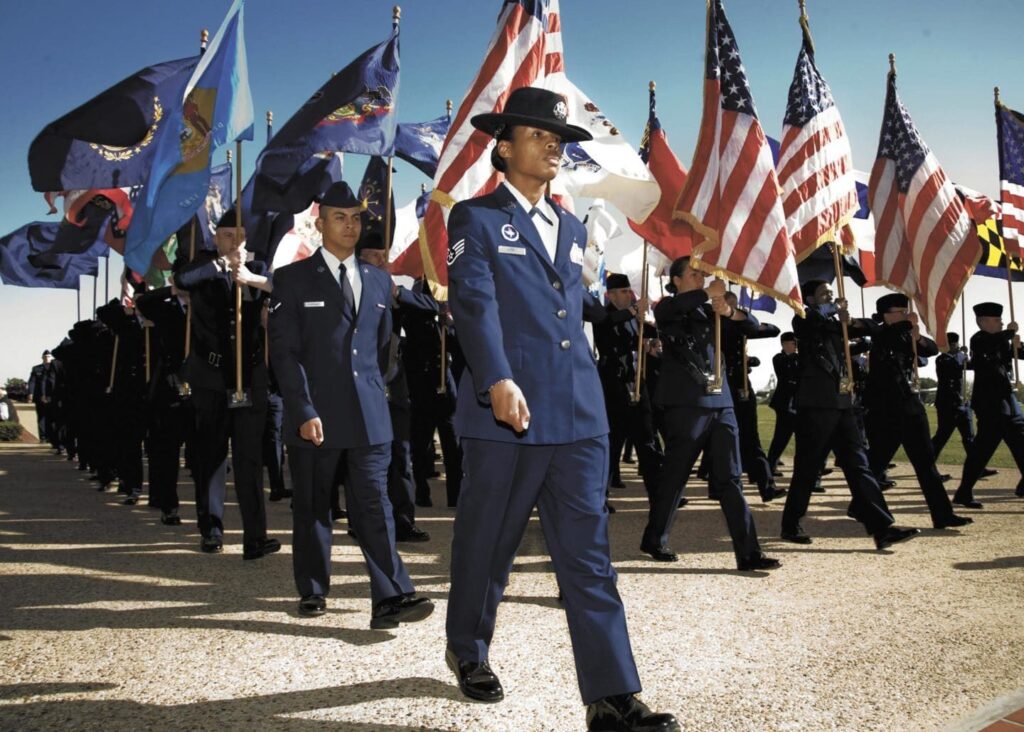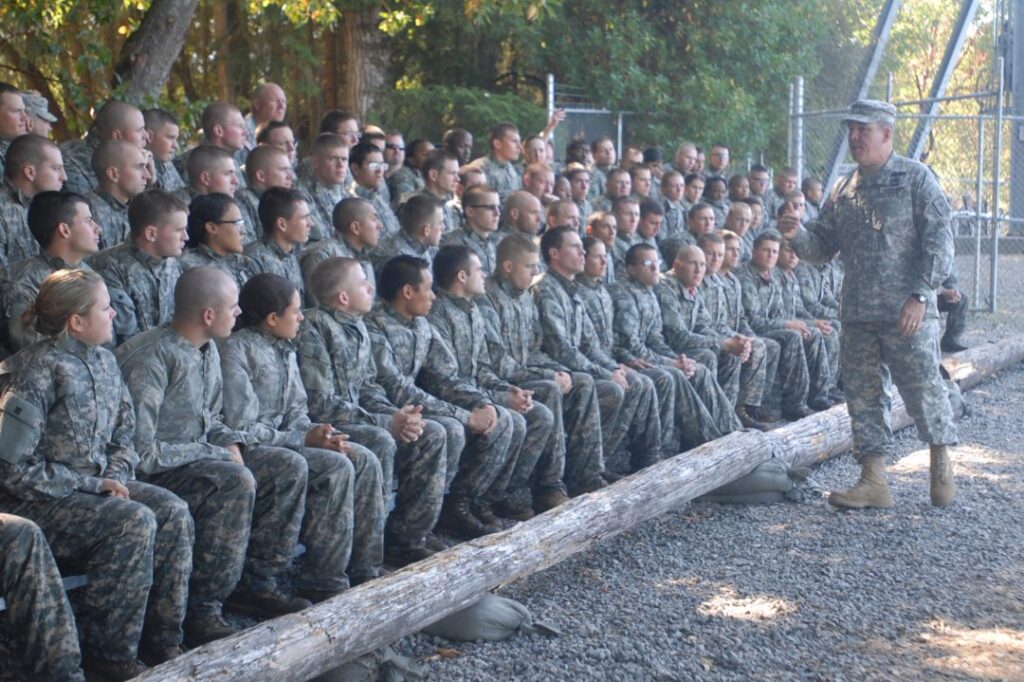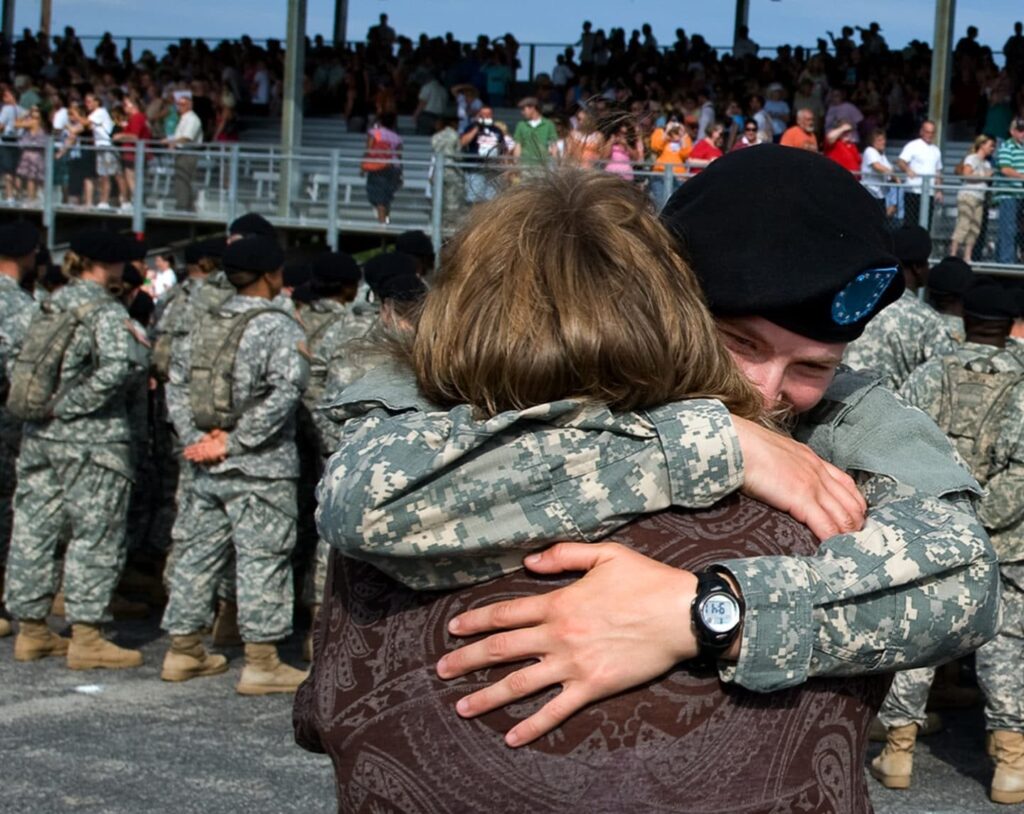
- The App
- Sandboxx News
- Resources
Learn
- Company
About
Become a Partner
Support
- The App
- Sandboxx News
- Resources
Learn
- Company
About
Become a Partner
Support
This month, the United States Air Force (USAF) will celebrate its 72nd birthday. While the USAF is the youngest of the five branches of the...
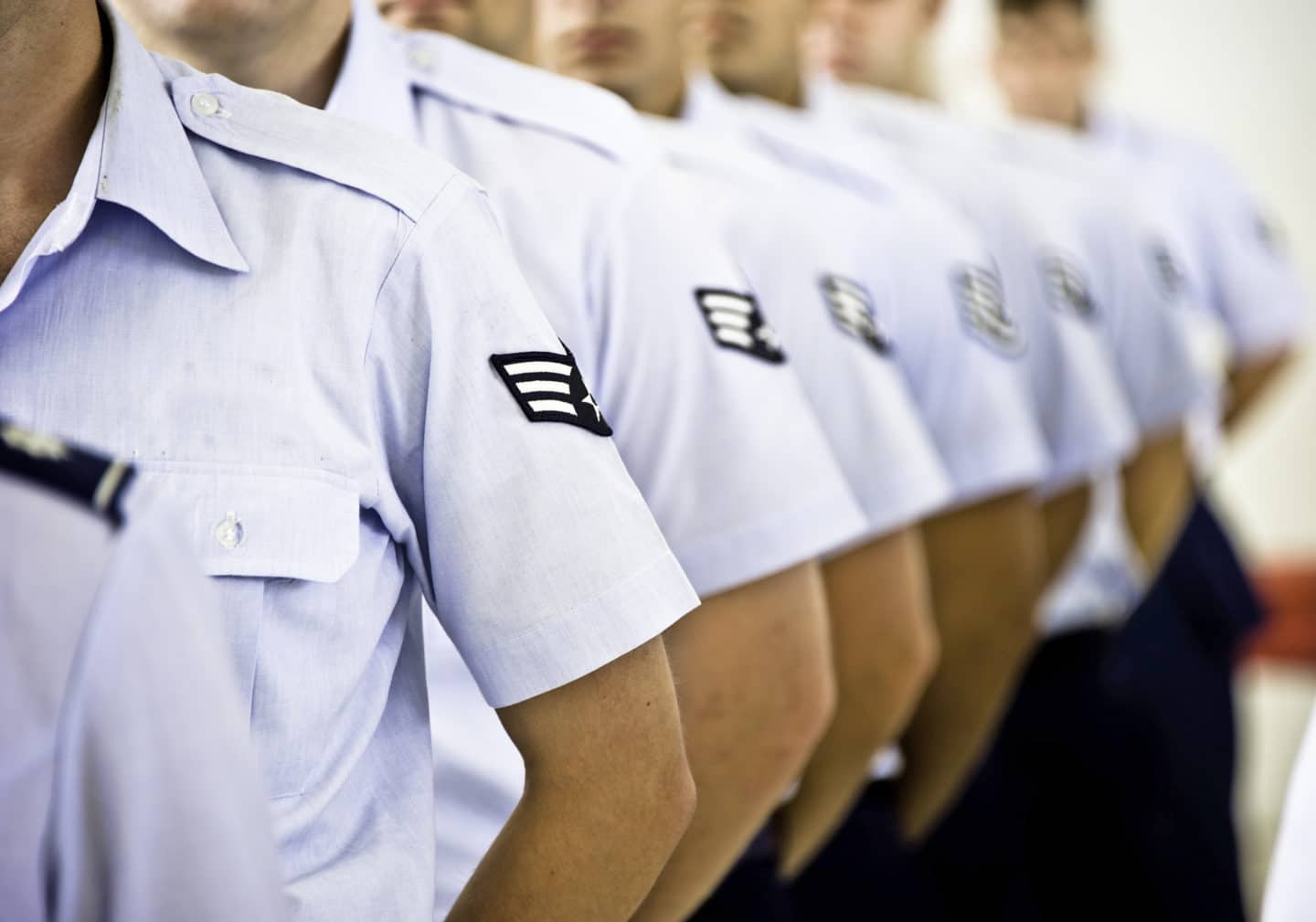
This month, the United States Air Force (USAF) will celebrate its 72nd birthday.
While the USAF is the youngest of the five branches of the United States Armed Forces, it’s also the largest and most technologically advanced in the world.
The United States Air Force is all about securing the air, space, and cyberspace arenas for America. Every day, Airmen train to respond to situations from terror attacks to catastrophic relief efforts. As large as it is complex, the USAF offers more than just active duty opportunities.
Those who serve have four different options:
Curious about the branch that takes to the skies and space more than any other service?
Read on to learn more about the history and manpower that is the United States Air Force.
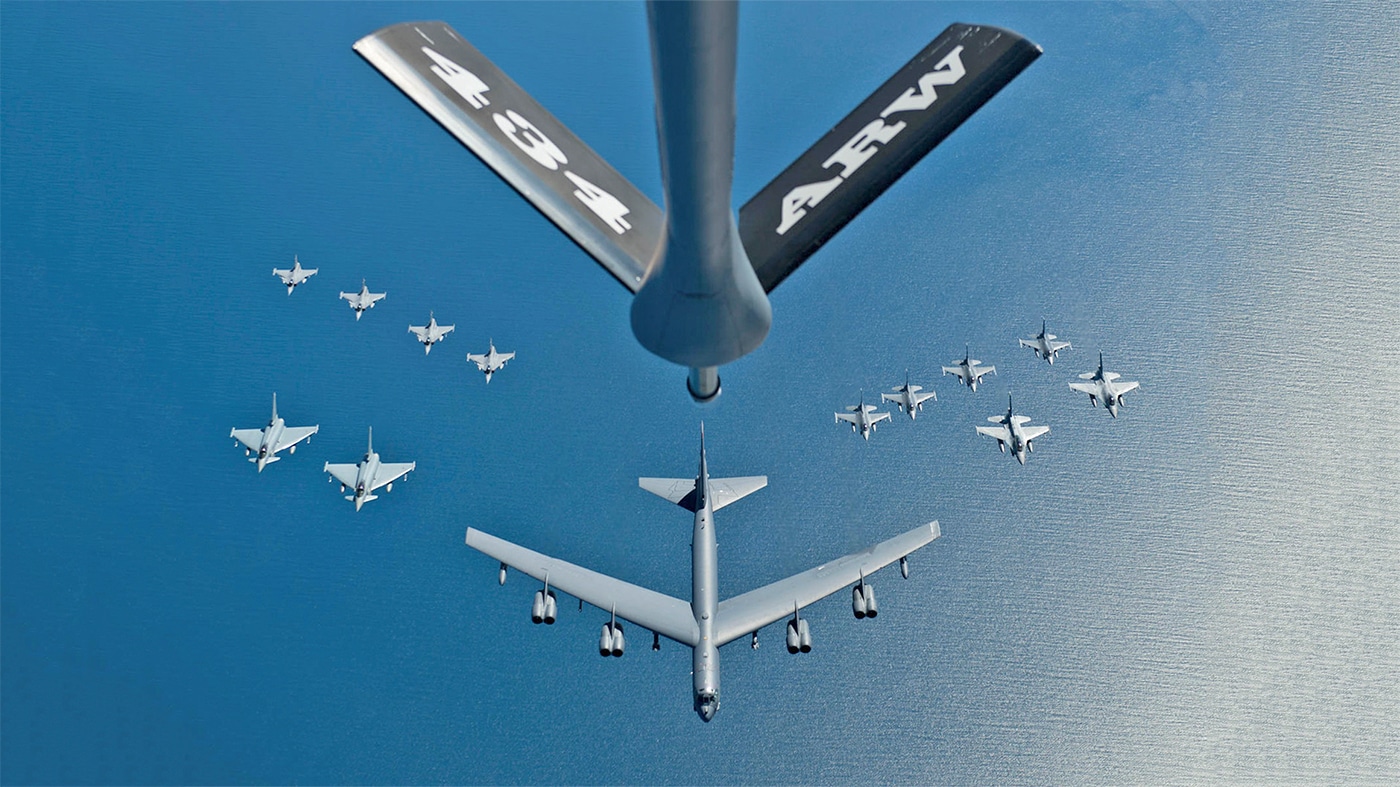
This branch focuses on five key capabilities to keep our military mission ready for the skies. These areas include: Air and space superiority, global presence, rapid global mobility, information superiority, precision engagement, and combat support.
Additionally, the Air Force is:
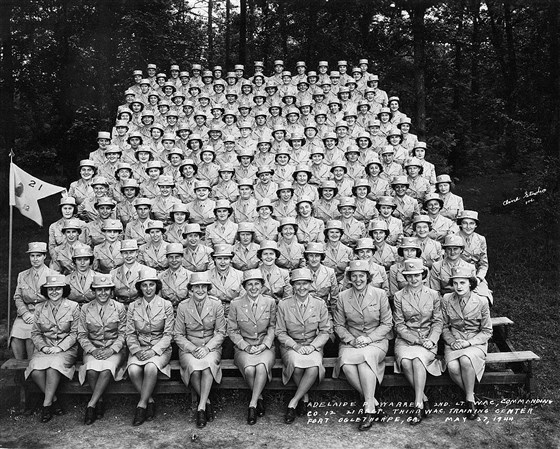
For more than a century now, the USAF has taken to the skies to protect the United States of America. The USAF keeps our country safe by watching the world from the skies and space.
Here’s a look at some of the Air Force’s most pivotal historic moments:
The USAF formed as a part of the US Army on August 1,1907
The USAF became an official branch of the US Armed Forces on Sept. 18, 1947 due to the National Security Act of 1947
Women first entered pilot training through the USAF
157 women joined the cadet wing of the U.S. Air Force Academy
Women first entered navigator training
USAF operation URGENT FURY rescued American students and restored order on Grenada
Women first entered fighter pilot training
The USAF Academy updated its multi-year construction plan to pour $1 billion into the campus
The Academy brings remotely piloted aircraft (RPA) training into the curriculum
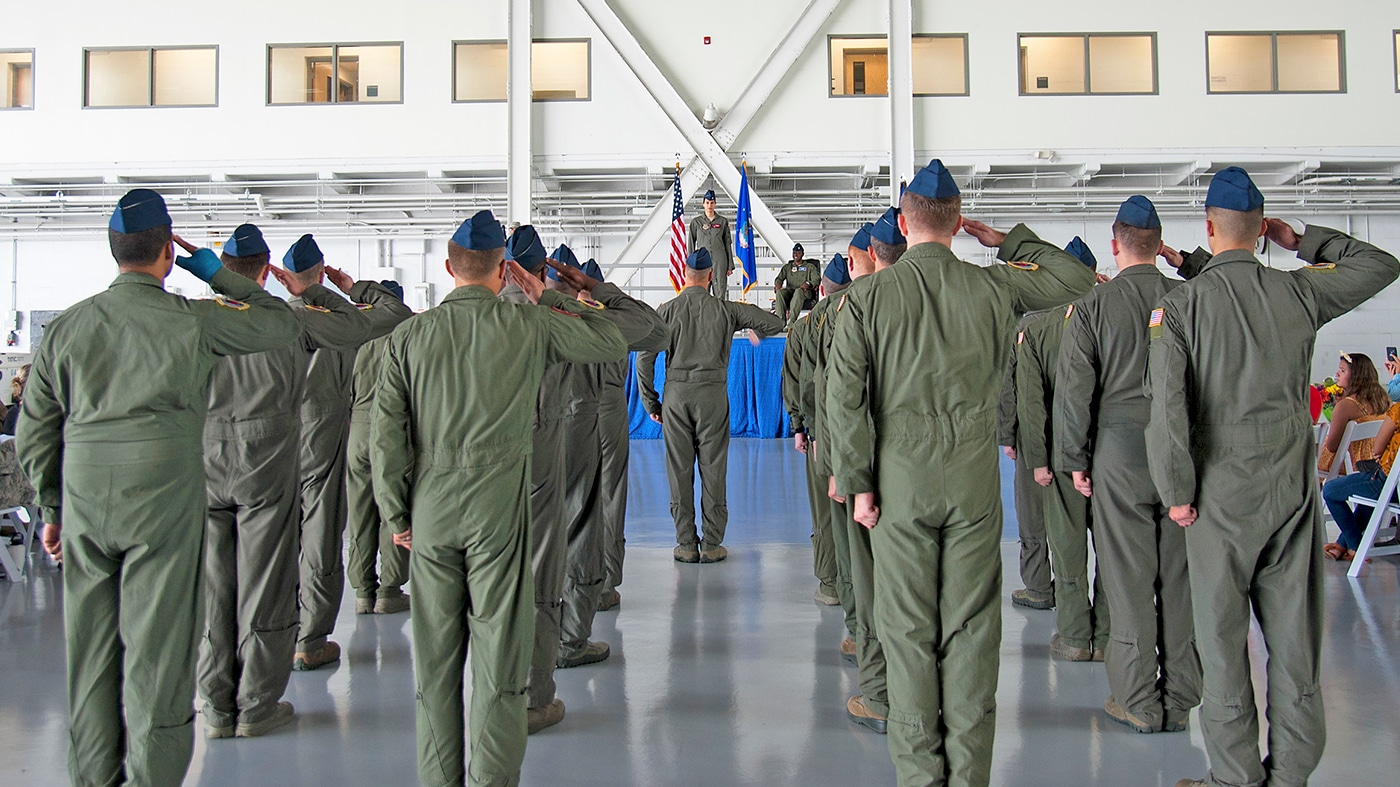
Just how many people are in the Air Force? Quite a few. As the military’s second-largest branch, thousands of Americans dedicate their time and lives to the USAF mission. Here’s a look at the Air Force’s impressive and large manpower numbers.
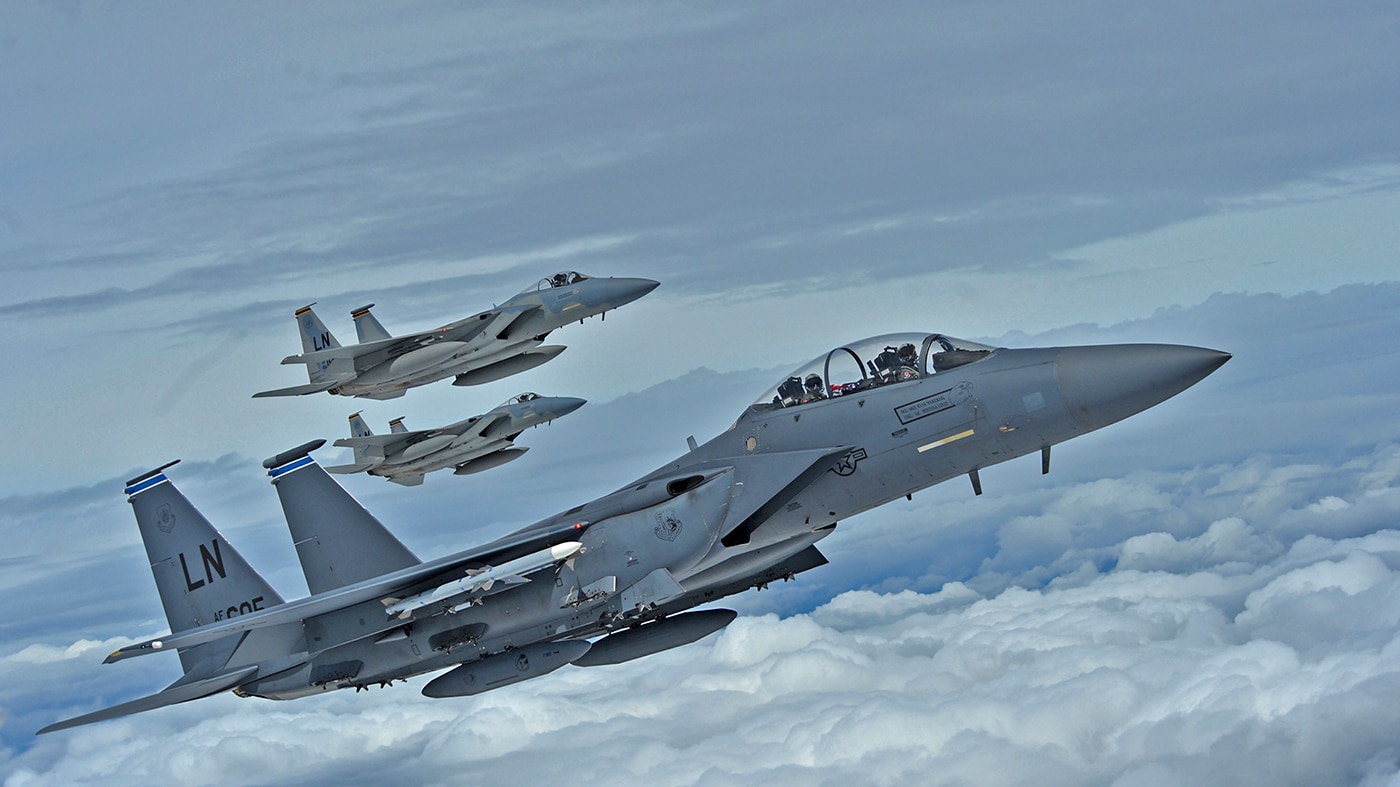
The USAF has equipment that involves a lot more than airplanes. From flight helmets to oxygen masks to the AGM-130 missiles, the USAF has high-powered, expensive equipment that’s primed and ready for members to use at a moment’s notice.
While we’ll never know the details of how many bombs or cannons the USAF owns, we do know there’s a lot of aircraft involved. Perhaps the coolest ones are the weather reconnaissance aircraft the USAF uses to study events like typhoons and hurricanes.
The number of USAF manned aircraft
The number of types of “attack aircraft” the USAF has
The different types of VIP staff transportation used for the President and other government officials
Military satellites tracking data
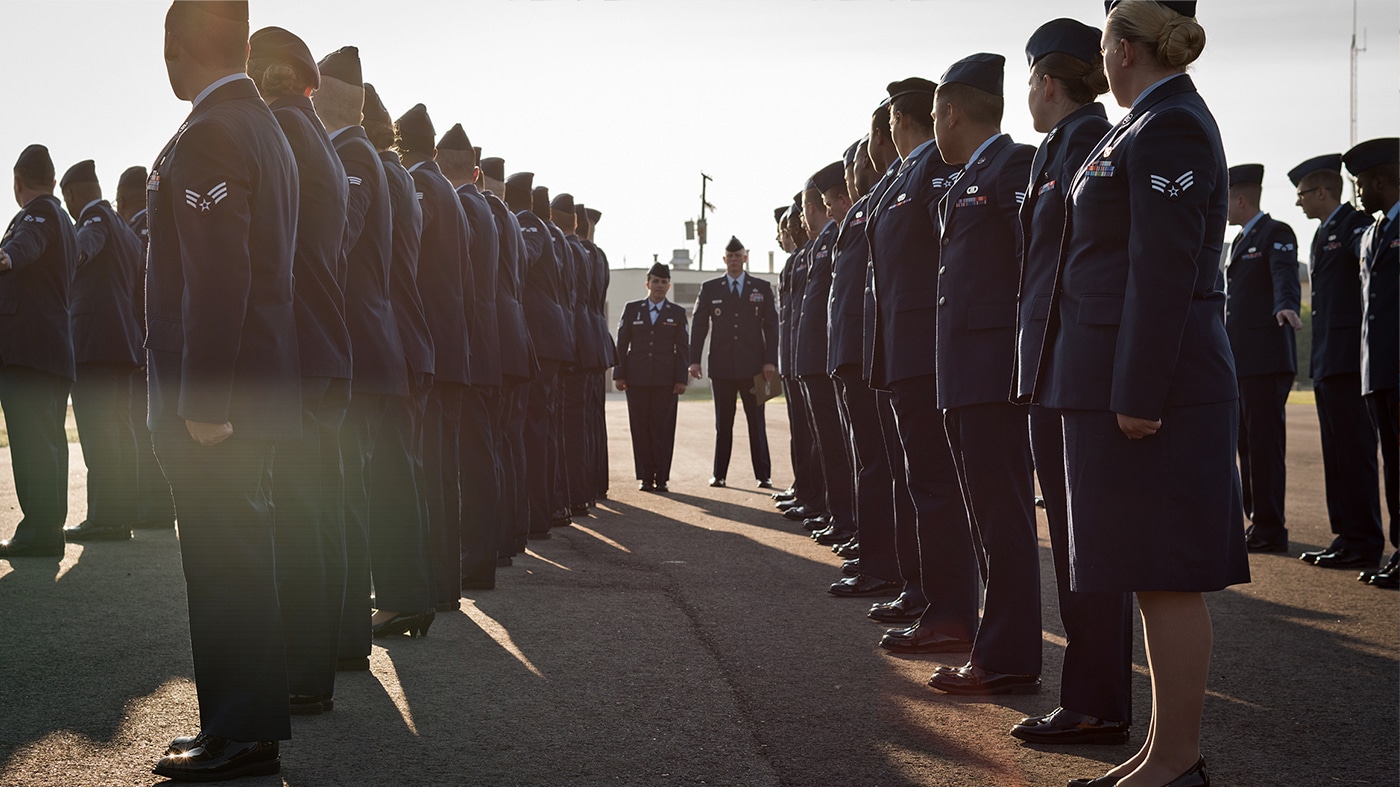
There are 2 types of Air Force uniforms with various versions including a service dress uniform and an Airman Combat Uniform (OCP). The OCP uniform is currently phasing out the Airman Battle Uniform (ABU).
As for the titles? Like most branches, the Air Force has quite a few titles for officers and enlisted personnel. Below you’ll are the titles for both enlisted and officers.
Company grade officers
Field grade officers
General officers
Warrant Officer is no longer used by the USAF. This is the only branch that doesn’t use that title.
For enlisted Airmen, there are nine total pay grades. E-1 is the role most Airmen step into when they first enter the military. As you advance, your pay and rank both go up.
On top of a monthly paycheck (deposited twice a month), you’ll also receive benefits like 30 days of paid vacation, food and housing allowances, tuition assistance, low-cost insurance, and more. Below are a sampling of the pay rates for newbies to the most experienced Air Force personnel.
The monthly pay for an entry-level E-1 Airman Basic
The monthly pay for an 0-6 Colonel
For the full chart of pay rates, click here.
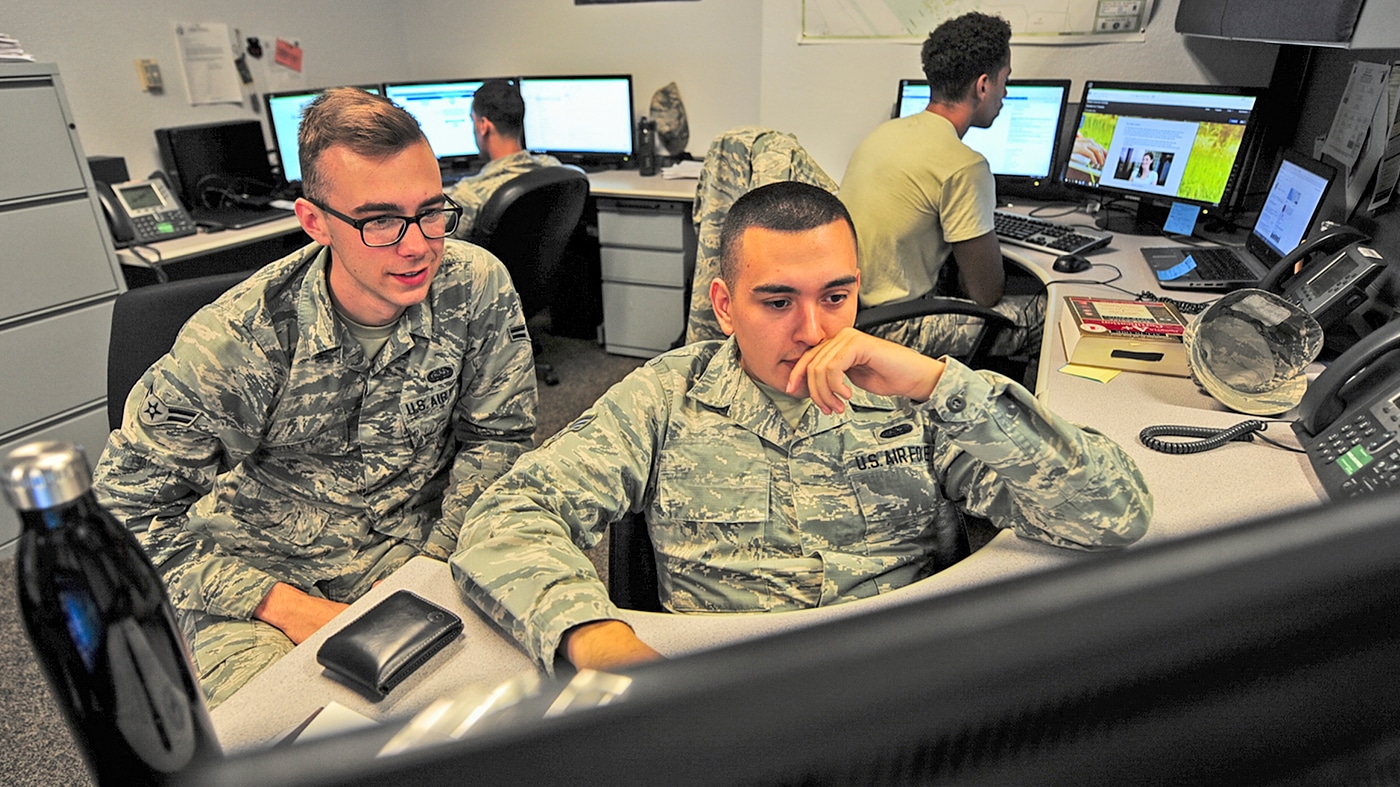
Whether you’re interested in an Air Force career that’s part-time or full-time, the minute you start your Airman training, you’re preparing for real-world experience.
Job-applicable skills are part of your training process so you can do your job well and also prepare for a life outside the Air Force one day.
Another Air Force fact: Your technical training can take anywhere from 6 to 72 weeks, depending on your career path. The options are limitless when you consider you can train for most every career field — from aircraft maintenance officer work to audiologist and clinical social worker roles.
Whether you’re looking for additional job skills training or a steady paycheck, you’ll find both and then some in the United States Air Force.
Ready to learn more about the Air Force? Check out our special blog section dedicated to the USAF here!


